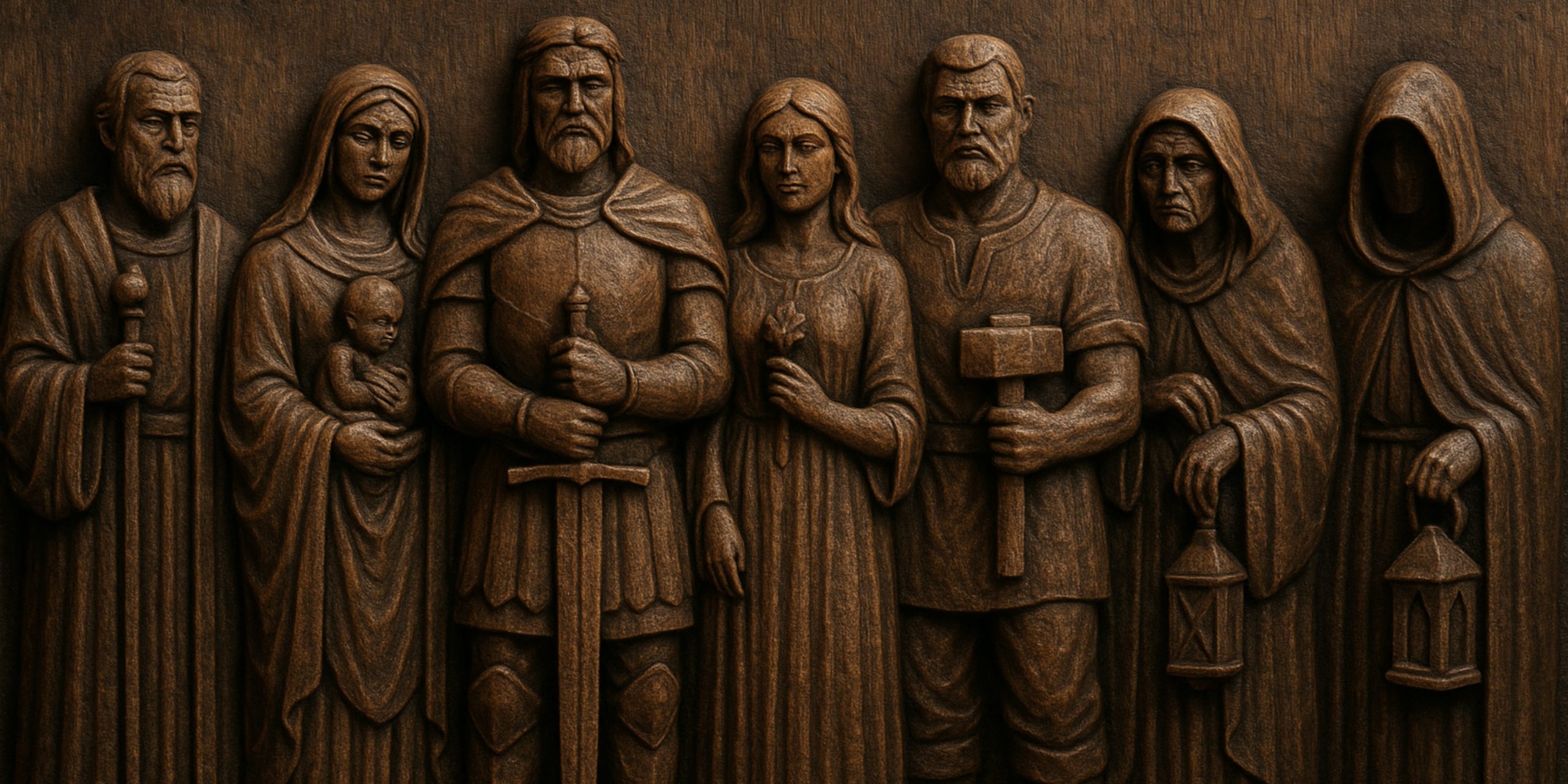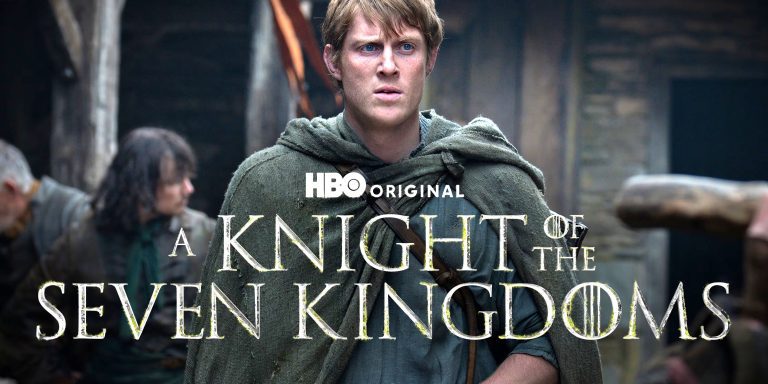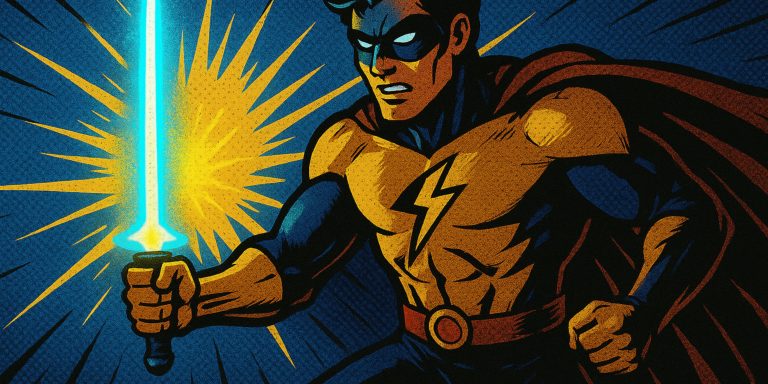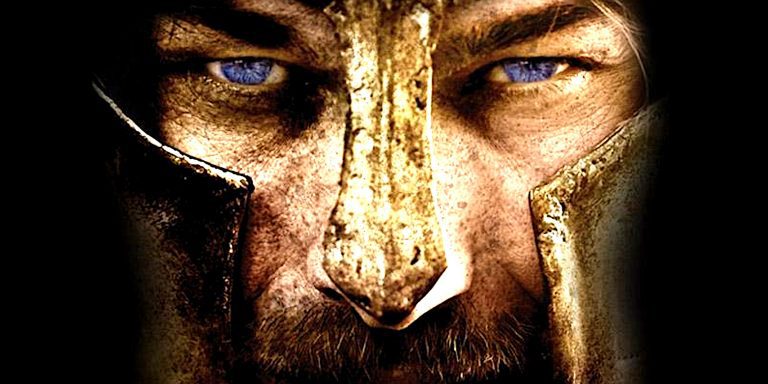
The Faith of the Seven is more than a religion in Westeros. It is a political force, a cultural foundation, and a constant presence that influences characters and events in House of the Dragon. Though the Targaryens themselves never fully embraced it, the Faith shaped the realm around them and created tension that would play a critical role in the dynasty’s legacy.
Origins of the Faith in Westeros
The Faith of the Seven arrived in Westeros with the Andals roughly six thousand years before the events of House of the Dragon. It supplanted many of the older gods in southern Westeros, though it never fully reached the North, where the First Men kept their devotion to the Old Gods.
By the time House Targaryen conquered the continent, the Faith was already entrenched in the south. Its Septons and High Septons held considerable power, not just over the masses but also within the court itself.
Targaryen Rule and Religious Tension
The Targaryens were Valyrian by blood and brought with them their own gods and customs, including polygamy, incestuous marriages, and dragon-riding. These clashed directly with the teachings of the Seven, which preached modesty, monogamy, and the sanctity of traditional marriage.
In House of the Dragon, this tension simmers beneath the surface. While early Targaryen kings like Viserys I pay respect to the Faith out of political necessity, their behaviour rarely aligns with its doctrines. The result is a balancing act: rulers trying to maintain the support of their subjects without surrendering too much power to the Faith.
Symbolism of the Seven
The Seven represent seven aspects of a single deity: the Father, Mother, Warrior, Maiden, Smith, Crone, and Stranger. Each figure embodies a different moral or societal role, forming the backbone of Westerosi values.
- The Father symbolises judgement and justice
- The Mother represents mercy and nurture
- The Warrior inspires courage and martial strength
- The Maiden stands for innocence and purity
- The Smith honours labour and craft
- The Crone offers wisdom and foresight
- The Stranger embodies death and the unknown
In House of the Dragon, this symbolism is echoed in court ceremonies, knightly vows, and the way common folk interpret the morality of those in power. It provides a shared moral language that the Targaryens can never fully control.
The Faith and the Smallfolk
One of the Faith’s greatest strengths lies in its deep roots among the smallfolk. While nobles plot and war, it is the Septs and Septons who tend to the everyday spiritual needs of the people. This makes the Faith not only a religious power but a source of political legitimacy. Displeasing the Faith can turn entire regions against a monarch, regardless of their bloodline or claim.
In House of the Dragon, this is most apparent in the scepticism and resentment directed toward royal practices such as incest and dragonlord arrogance. While nobles may be more pragmatic, the masses are often swayed by what their Septons preach.
The Faith as a Political Actor
Although the Faith does not play as aggressive a role in House of the Dragon as it does later in Game of Thrones, its influence is always present. The High Septon may not wield a sword, but he commands the hearts of thousands. At moments of crisis, this can become a potent weapon.
Throughout the series, rulers must weigh their decisions with care, knowing that to offend the Faith is to risk rebellion, civil unrest, or spiritual condemnation. It shapes diplomacy, marriage alliances, and public ceremonies. The Faith cannot be ignored, even by dragonlords.
The Seven Swords takeaway: Unseen but Unrelenting
In House of the Dragon, the Faith of the Seven is a constant background presence. It defines social expectations, fuels popular sentiment, and checks the power of the monarchy through soft pressure rather than direct confrontation. While the dragons burn and the lords scheme, the Faith quietly holds its ground, ready to rise when rulers grow too distant from the people they claim to lead.



